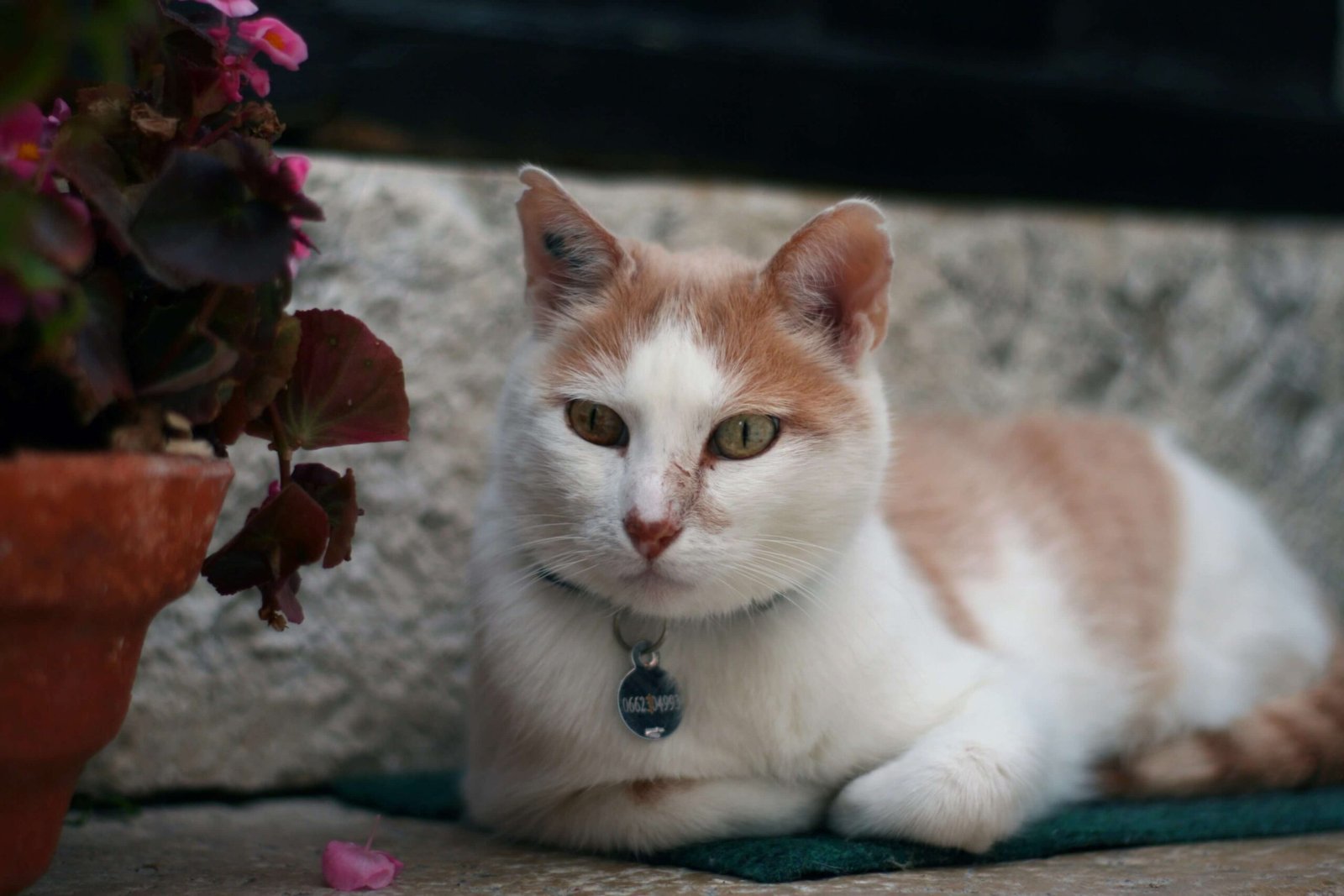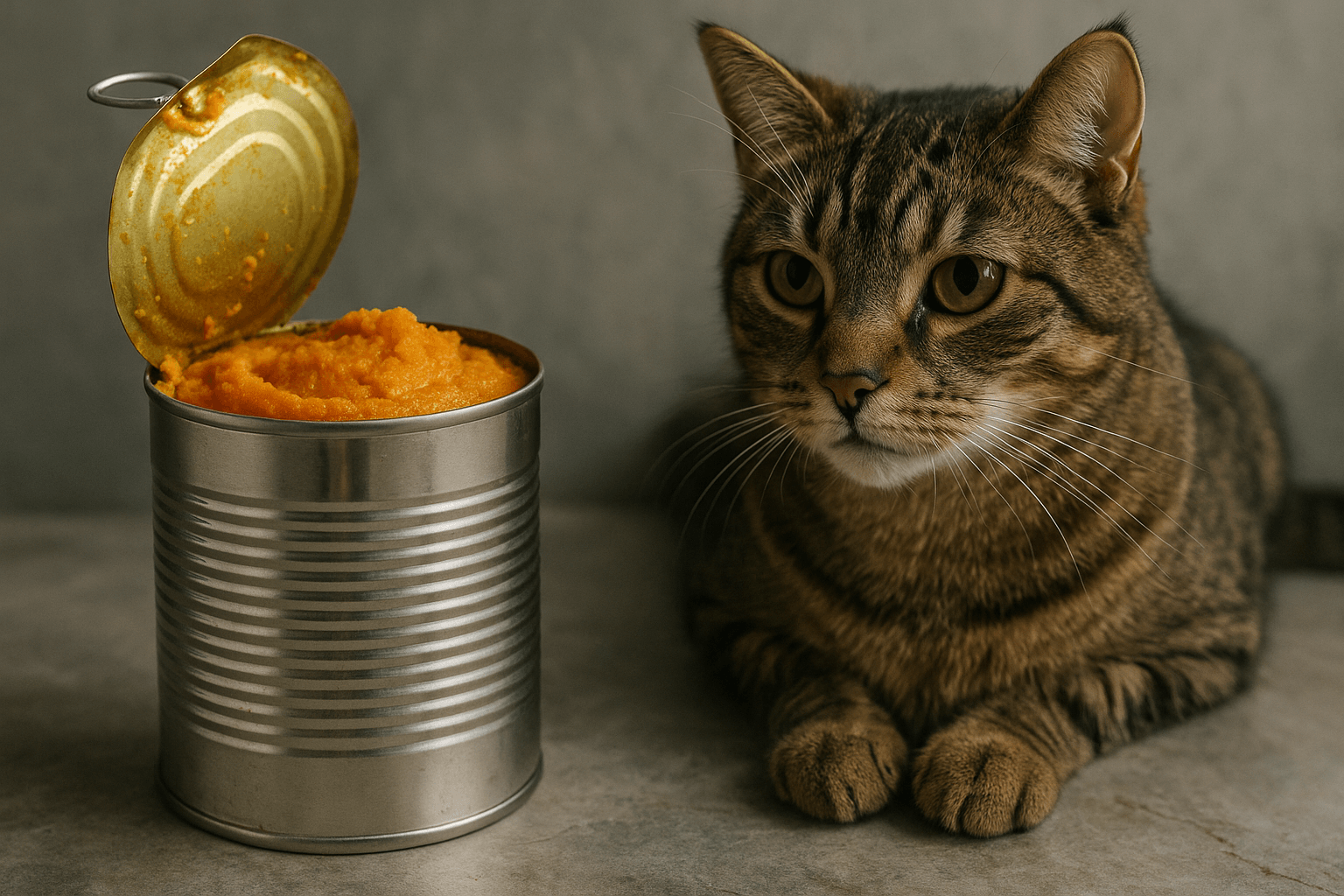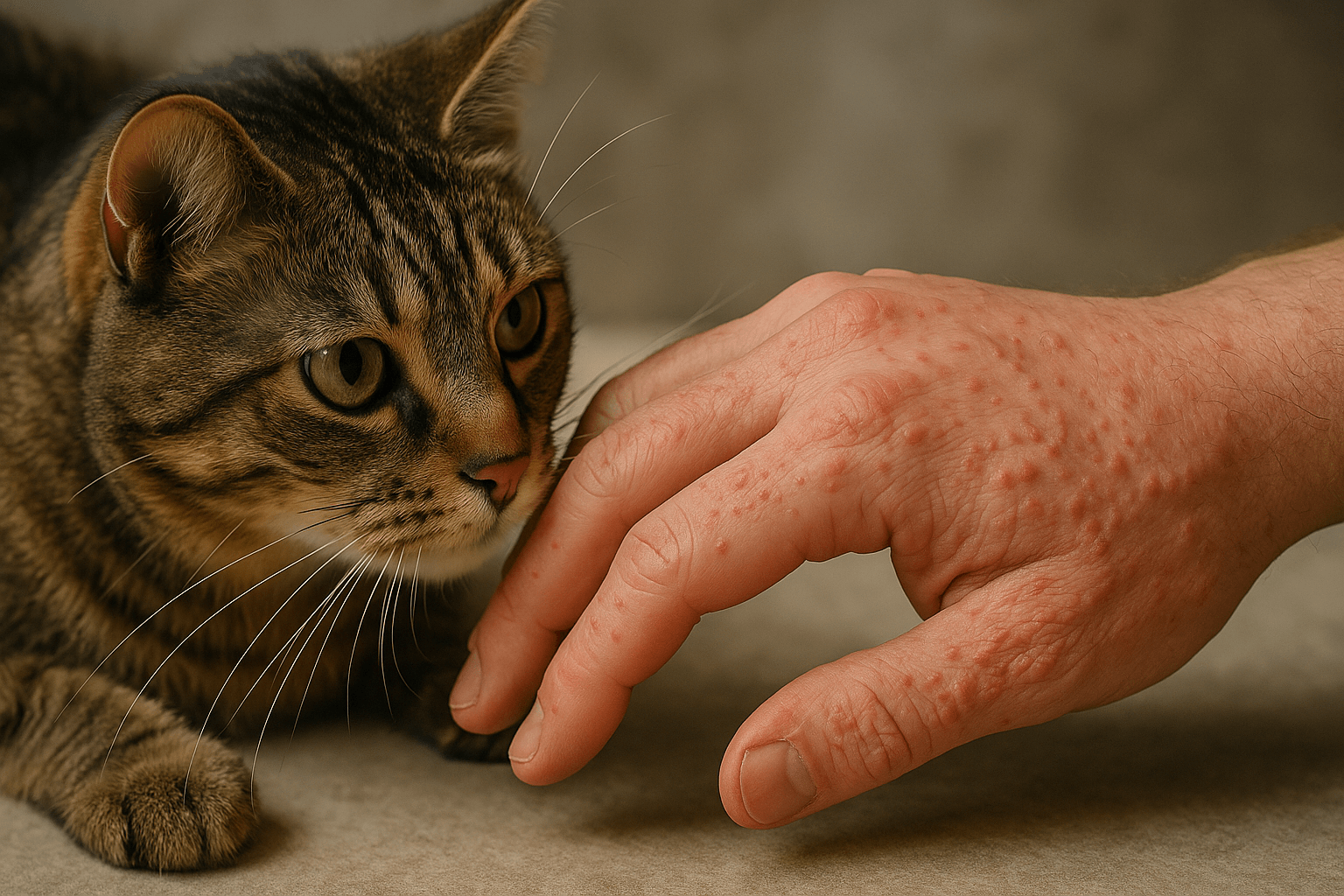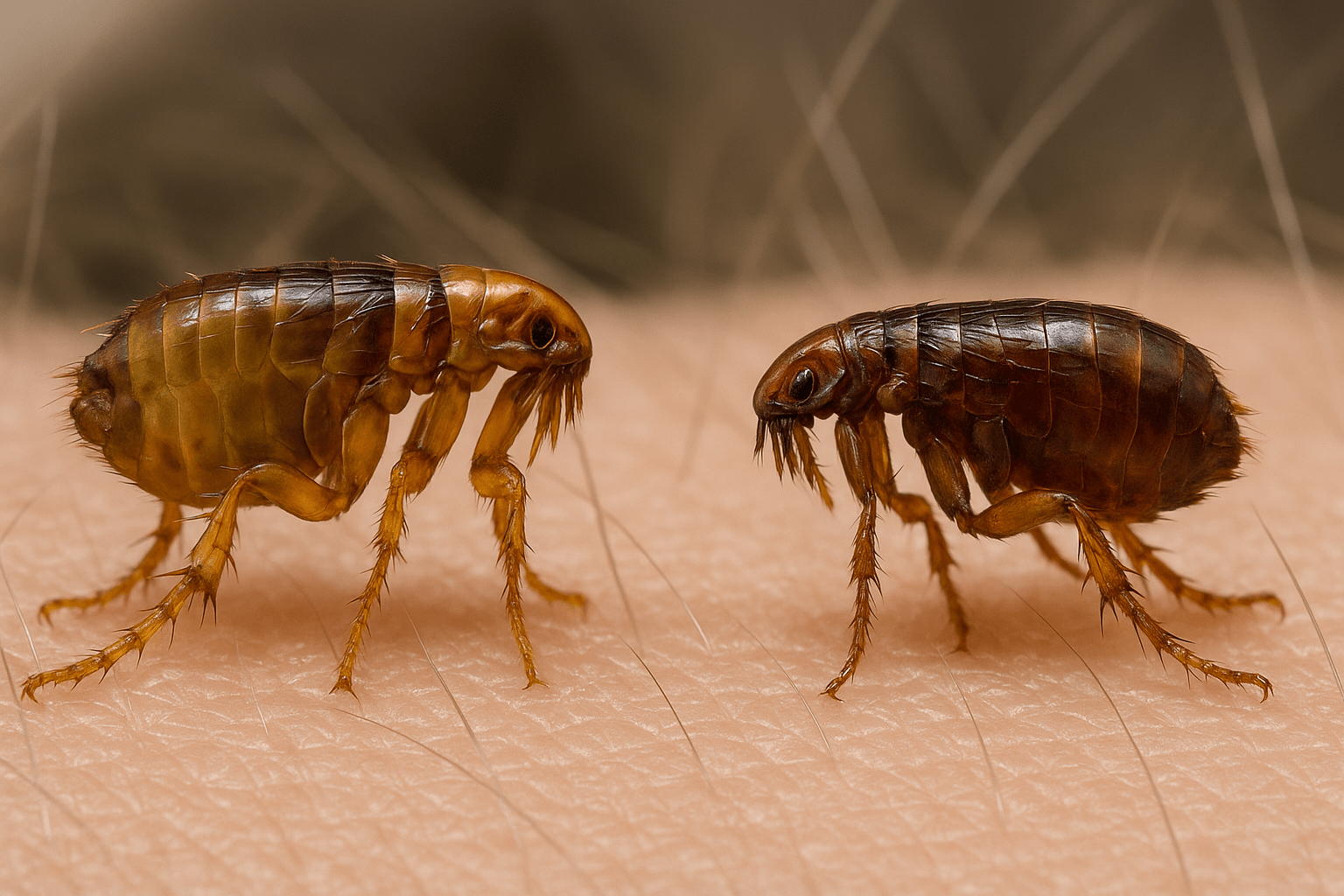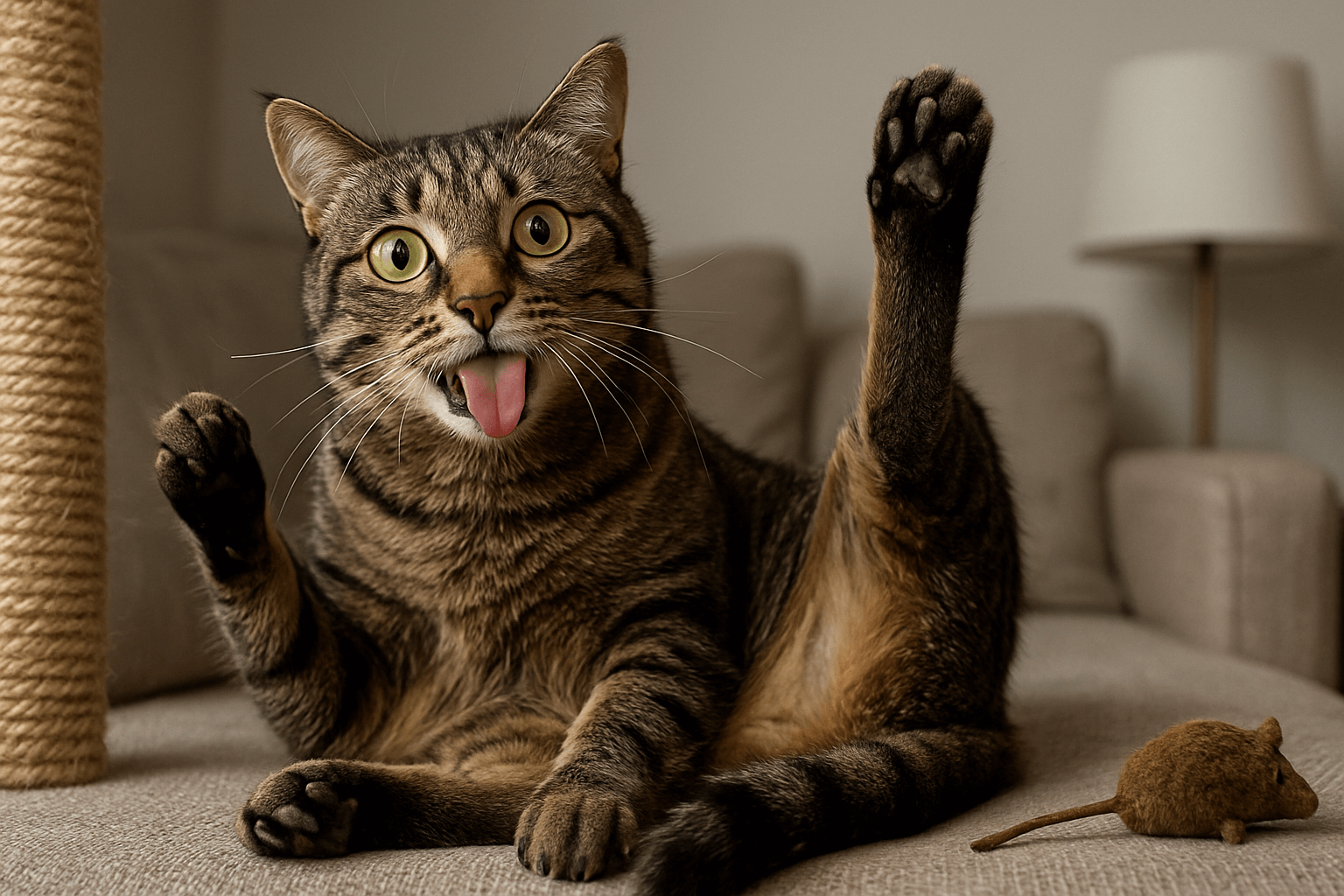Why Does My Cat Throw Up After Eating Wet Food? Unraveling the Mystery
If you’ve ever noticed your cat throwing up shortly after eating wet food, you’re not alone. Many cat owners encounter this puzzling behavior and wonder if it’s a cause for concern. While occasional vomiting might not be alarming, frequent episodes can indicate an underlying issue that needs attention. Cats are delicate creatures with sensitive digestive systems, and several factors—ranging from dietary habits to health conditions—can contribute to this problem. In this blog post, we’ll explore why cats throw up after eating wet food, how to identify potential triggers, and what steps you can take to ensure your feline friend stays healthy and comfortable.
Common Causes of Vomiting After Eating Wet Food
When your cat throws up after consuming wet food, it’s often a sign that something isn’t quite right with their meal or eating habits. Here are some of the most common reasons behind this issue:
Eating Too Quickly :
Cats that gulp down their food may swallow air along with their meal, leading to regurgitation shortly after eating.Food Intolerances or Allergies :
Some cats are sensitive to specific ingredients in wet food, such as certain proteins or additives, which can upset their stomachs.Rich or Fatty Ingredients :
Wet food often contains higher fat content than dry kibble, which can overwhelm a cat’s digestive system if they’re not used to it.Sudden Diet Changes :
Switching brands or flavors without a gradual transition can cause digestive upset and vomiting.Underlying Health Conditions :
Issues like hairballs, gastrointestinal disorders, or even infections may manifest as vomiting after meals.
While occasional vomiting isn’t necessarily a cause for alarm, persistent episodes should prompt a closer look at your cat’s diet and overall health.
Signs That Your Cat’s Vomiting Is Cause for Concern
Not all instances of vomiting are created equal. Some cases are harmless, while others may signal a more serious issue. Here are signs that your cat’s vomiting requires immediate attention:
Frequent Episodes :
If your cat vomits multiple times within a short period or regularly after meals, it could indicate a chronic problem.Blood in Vomit :
The presence of blood or bile in the vomit is a red flag that warrants urgent veterinary care.Lethargy or Weakness :
Vomiting accompanied by lethargy, weakness, or unresponsiveness suggests your cat may be seriously ill.Loss of Appetite :
Refusal to eat or drink alongside vomiting can lead to dehydration and nutritional deficiencies if left untreated.Diarrhea or Constipation :
Digestive issues like diarrhea or constipation paired with vomiting may point to an infection or gastrointestinal disorder.
If any of these symptoms persist, don’t hesitate to contact your veterinarian. Early diagnosis and treatment can make a significant difference in your cat’s recovery.
Check this guide 👉Why is My Cat Foaming at the Mouth? Best 7 Expert Tips!
Check this guide 👉Cat Puking Clear Liquid: Best 7 Expert Tips!
Check this guide 👉Understanding Cat Chronic Diarrhea: Best 7 Health Tips!
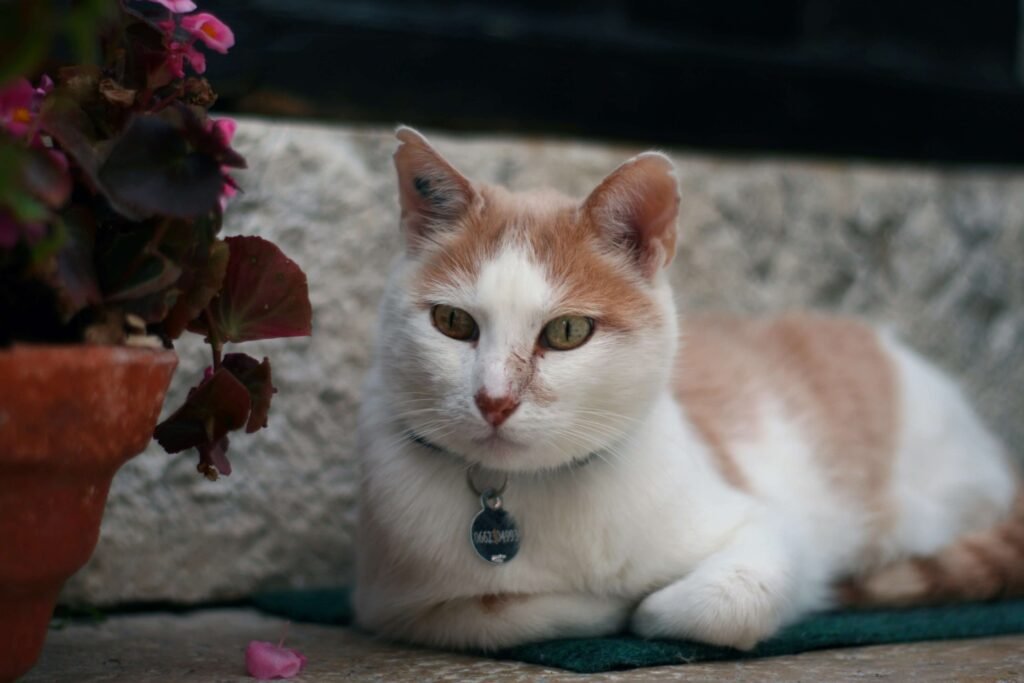
Possible Causes of Vomiting After Wet Food | Steps to Address the Issue |
|---|---|
Eating too quickly | Use a slow feeder bowl or puzzle feeder. |
Food intolerances or allergies | Identify and eliminate problematic ingredients. |
Rich or fatty ingredients | Gradually introduce wet food or switch to a lighter option. |
Sudden diet changes | Transition slowly over 7–10 days when changing food. |
Underlying health conditions | Consult your vet for a thorough examination. |
How to Prevent Vomiting After Eating Wet Food
Preventing your cat from throwing up after eating wet food starts with understanding the root cause and making necessary adjustments. Here are some practical tips to help reduce the likelihood of vomiting:
Feed Smaller, More Frequent Meals :
Breaking meals into smaller portions throughout the day can ease digestion and prevent overeating.Use a Slow Feeder Bowl :
Specialized bowls designed to slow down eating can help prevent your cat from gulping their food too quickly.Choose High-Quality Wet Food :
Opt for wet food with simple, natural ingredients and avoid options with excessive fillers or artificial additives.Introduce New Foods Gradually :
When switching to a new brand or flavor, mix it with the old food in increasing amounts over 7–10 days to allow their system to adjust.Monitor Portion Sizes :
Ensure you’re feeding your cat the appropriate amount for their age, weight, and activity level to avoid overfeeding.
By implementing these strategies, you can minimize the chances of your cat experiencing digestive upset after meals.
When to Consider Alternative Diets for Your Cat
If your cat continues to throw up despite making adjustments to their wet food routine, it may be time to explore alternative diets. Here are some options to consider:
Switch to Dry Food :
Some cats tolerate dry kibble better than wet food, especially if their digestive system is sensitive to moisture-rich meals.Try Limited Ingredient Diets :
Limited ingredient diets focus on a single protein source and minimal additives, reducing the risk of food intolerances.Explore Grain-Free Options :
Grain-free formulas can be beneficial for cats with sensitivities to grains or carbohydrates commonly found in wet food.Consider Prescription Diets :
For cats with chronic digestive issues, your vet may recommend specially formulated prescription diets tailored to their needs.Incorporate Homemade Meals :
Preparing homemade meals under veterinary guidance ensures your cat receives balanced nutrition while avoiding problematic ingredients.
Exploring these alternatives can help you find a diet that suits your cat’s unique needs and reduces the likelihood of vomiting.
How to Identify Problematic Ingredients in Wet Food
If your cat frequently throws up after eating wet food, certain ingredients might be causing digestive upset. Identifying and eliminating these culprits can make a significant difference in your cat’s health. Here are some common problematic ingredients to watch for:
Artificial Additives :
Preservatives, colors, and flavors can irritate a cat’s sensitive stomach and lead to vomiting.High-Fat Content :
Wet foods with excessive fat may overwhelm your cat’s digestive system, especially if they’re not used to rich meals.Common Allergens :
Proteins like beef, dairy, or fish are frequent allergens that can trigger adverse reactions in sensitive cats.Grains and Fillers :
Ingredients like corn, wheat, or soy are often difficult for cats to digest and may contribute to gastrointestinal issues.By-Products and Meat Meals :
Low-quality protein sources can lack the nutrients your cat needs and may cause stomach upset.
By carefully reading ingredient labels and opting for high-quality, natural options, you can reduce the risk of your cat experiencing digestive distress.
Steps to Transition Your Cat to a New Diet
Switching your cat’s diet requires patience and a gradual approach to avoid triggering vomiting or other digestive issues. Here’s how to transition your cat to a new food safely:
Start with a Small Mix :
Begin by mixing 10% of the new food with 90% of the old food for the first few days to allow their system to adjust.Increase Gradually :
Over the course of 7–10 days, slowly increase the proportion of new food while decreasing the old food until the transition is complete.Monitor for Reactions :
Watch for signs of improvement or any adverse reactions, such as vomiting, diarrhea, or loss of appetite, during the transition.Offer Treats Sparingly :
Avoid introducing new treats or snacks during the transition period to prevent overwhelming your cat’s digestive system.Consult Your Vet :
If your cat has specific dietary needs or health conditions, consult your veterinarian before making any changes.
A gradual and mindful transition can help your cat adapt to a new diet without discomfort or complications.
Preventive Measures to Support Long-Term Digestive Health
Maintaining your cat’s digestive health is key to preventing issues like vomiting after meals. By incorporating preventive measures into your routine, you can ensure your cat stays happy and healthy in the long run. Here are some tips to support their digestive system:
Provide Consistent Feeding Times :
Establishing a regular feeding schedule helps regulate your cat’s digestion and reduces the likelihood of overeating.Encourage Hydration :
Ensure your cat has access to fresh water at all times, as proper hydration supports healthy digestion.Incorporate Digestive Supplements :
Probiotics or digestive enzymes can aid in breaking down food and maintaining a balanced gut microbiome.Avoid Sudden Changes :
Whether it’s food, environment, or routine, sudden changes can stress your cat and disrupt their digestive health.Regular Vet Check-Ups :
Schedule annual or biannual veterinary visits to catch potential health issues early and keep your cat’s digestive system in check.
By prioritizing these preventive measures, you can minimize the risk of digestive issues and ensure your cat enjoys a lifetime of comfort and vitality.
Frequently Asked Questions About Cats Throwing Up After Eating Wet Food
Is it normal for cats to occasionally throw up after eating wet food?
Yes, occasional vomiting isn’t unusual, but frequent episodes should be investigated further.
Can stress cause my cat to vomit after eating?
Stress or anxiety can disrupt a cat’s digestion, leading to vomiting after meals.
Should I stop feeding my cat wet food altogether?
Not necessarily—try adjusting portion sizes, brands, or feeding methods before eliminating wet food entirely.
How long does it take for a cat’s stomach to settle after vomiting?
Most cats recover within 24 hours, but persistent vomiting requires veterinary attention.
Can hairballs cause vomiting after eating wet food?
Yes, hairballs can irritate the stomach lining and trigger vomiting, even shortly after eating.
Final Thoughts: Supporting Your Cat’s Digestive Health
In conclusion, while it’s not uncommon for cats to throw up after eating wet food, it’s important to monitor the frequency and severity of these episodes. By identifying potential triggers—whether related to eating habits, food quality, or underlying health conditions—you can take proactive steps to support your cat’s digestive health. Whether through dietary adjustments, slower feeding methods, or veterinary guidance, there are many ways to ensure your feline companion enjoys their meals without discomfort. Remember, your cat relies on you to advocate for their well-being, and with patience and care, you can help them thrive.
Canned Pumpkin for Cat Diarrhea: Best 7 Expert Tips! Natural remedy to firm stools, soothe upset bellies, and support gut health safely.
Can a Cat Give You Scabies? Best 7 Expert Tips! Discover the truth about feline mites, human skin risks, and how to protect yourself—without panic.
Cat Flea vs Human Flea: Best 7 Expert Tips! Discover the truth about bites, species, and how to eliminate infestations for good.
Weird Cat Behaviors: Best 7 Expert Tips! Discover why cats do strange things—and how to understand, not punish, their instincts for a happier home.

